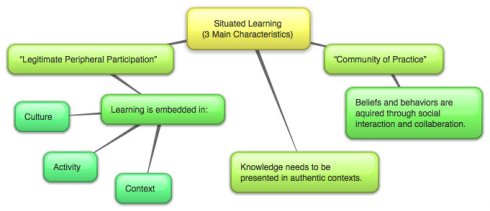Description:
Net Banging is a new way gangs are trying to attract and recruit a new generation of members. Gangs are taking advantage of an increasingly technology reliant generation of kids, including their targeted group of those aged 11-14 years old. Of the more than 21,000 gangs in the U.S., many are posting information online that glorifies gang lifestyles and activities, thereby luring kids in. The National Crime Prevention Council compared gang to businesses, stating, “…the reality is that street gangs continue to expand with a businesslike acuity and often boast the same tactics to influence the masses. Just as commercials attempt to sell cars or other products, gang members are now attempting to sell the gang lifestyle via one of society’s most popular media: the internet.”
Impact:
Not only is this dangerous and frightening because gangs are targeting such young children on the most popular social media sites, but Net Banging is also frightening because of its’ ability to stimulate violence among rival gangs. According to the NCPC, “a random search on MySpace revealed a number of alleged gang member’s pages that were seemingly created just for the purpose of inciting conflict with their rivals, one even going so far as to display a burning blue bandana, the symbol of another gang, and another making a threat of violence toward a particular person in the title of the page.”
Integrating into Classrooms:
I think this is a topic that should be introduced early on in a child’s introduction to technology. Rather than talking about Net Banging, which can seem like quite a scary topic, children should be introduced to the overall safety precautions that should be used when online. For example, children should know not to share personal information with strangers over the internet. Additionally, they should have sufficient supervision when online. As the youtube video below explains, internet parental controls do not and should not take the place of parental supervision.
Students should be limited to specific sites that are age appropriate and that will not subject them to gang-related or inappropriate content. For example, it is quite obvious that elementary school students should not be on MySpace or Facebook, but rather visiting educational and fun kid-friendly sites.
CommonSenseMedia.org has a lot of safety tips for kids and parents (or teachers) to follow, such as:
- Not giving out private information online
- Behaving responsibly and respectfully towards others
- Understanding the difference between ads and content
- Limiting the amount of time kids spend online
- Remembering that staying safe is about a child’s entire online experience, not just “stranger danger”
If parents/teachers follow these guidelines and remain involved, the hope is that students will know which sites to be wary of or to avoid altogether, and when they are older, more topic specific information can be given about the dangers of Net Banging.
Additional Links:
http://abcnews.go.com/WNT/story?id=2886482&page=1
References:
http://www.commonsensemedia.org/advice-for-parents/internet-safety-elementary-school-kids-tips


